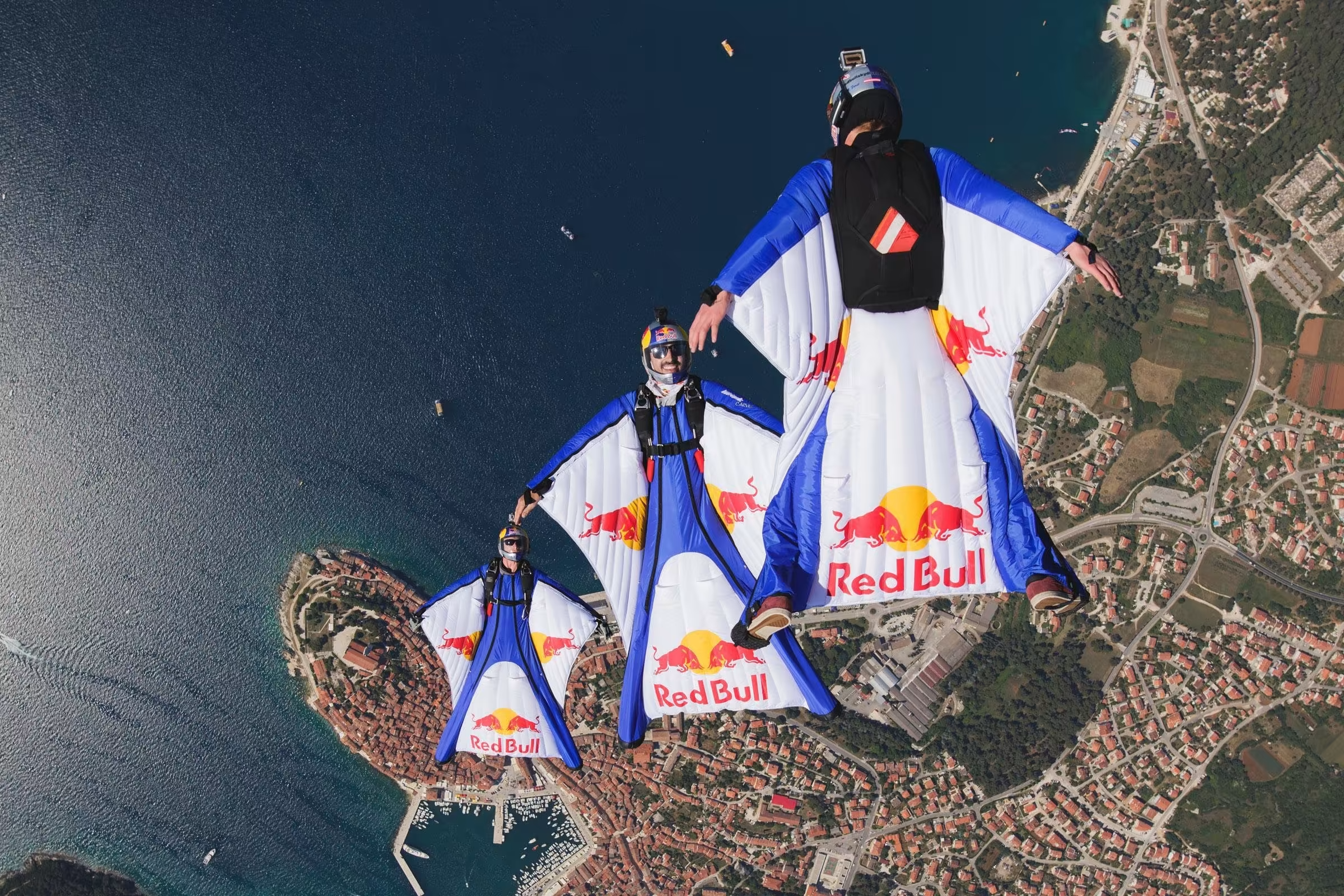The Halo Effect
The internet was in outrage when Pete Davidson, a man who’s sense of humor largely overshadows his conventional attractiveness, dated three famous women who many considered “out of his league.” People wondered how these women could possibly find him attractive, but to those of us who understand our innate biases, the answer was clear: the Halo Effect.

The Halo Effect is a term coined by Edward Thorndike which describes the human tendency to evaluate a particular trait as positive or negative, and apply that conclusion to all other traits. It is also commonly known as the “what is beautiful is also good” principle. In Pete’s case it is the “what is funny is also beautiful,” principle.

Real world research examples of this phenomenon can be seen in studies of student appearance and academic performance. One such study examined over 4,500 students and found that those who were rated as above average in attractiveness got significantly lower grades in online classes than they did in traditional in-person classrooms because their instructors could not directly evaluate their appearance.
In this way, instructors were applying the Halo Effect by perceiving attractive students as more intelligent, even though the two characteristics are uncorrelated. This occurred because instead of answering the complex question, “Did the student perform well?” System 1 replaced it with a much easier question, “Did the student look good.”

The Halo Effect is a key psychological basis for the importance of branding. Consider the following example…
You’re in the cleaning isle of the grocery store and you can see 10+ types of detergent with only small variations in price between brands. You want the one that is most effective, but you haven’t used any of these types before. Instead, one of the brands looks familiar and you remember seeing their ad.

Despite the brand’s marketing budget being unrelated to the quality of their product, the familiarity and likability of the brand was sufficient to replace the question of product quality.
Countless examples of this can be seen in the marketing arena, where the best brands select particular traits they want to be known for. Red Bull, for example, has garnered a reputation for being “cool” through their support of extreme sporting events. Although few of us believe that the energy drink would improve our ability to jump from cliffs in flying-squirrel suits Red Bull has seen great success with their campaigns.

Why is this the case? Because we’ve replaced the difficult question of whether Red Bull is the best tasting, healthiest, etc. energy drink with the relatively simple question of whether Red Bull is the coolest energy drink. For this reason, it is important to differentiate your brand above all else. You don’t need to be known for having the best product, you just need to be known for something – preferably something people will remember.
To take this one step farther, people who purchase Red Bull often do so because they subconsciously want to align themselves with the Red Bull brand image. Although we consciously know that just because someone is drinking a Red Bull, they aren’t necessarily “cool,” we subconsciously form an association between our positive image of the brand and our image of the person.




COMMENTS